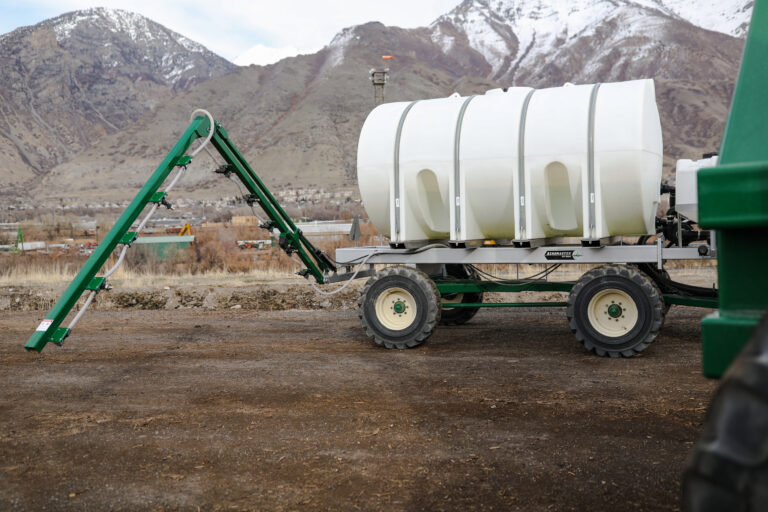
How To Increase the Quality of Your Composting
Composting is an excellent way for commercial farms to cut down on costs and create their fertilizers. By recycling everyday organic materials, farmers have access to a never-ending supply of rich material foil of nutrients perfect for their crop specialties. Anyone already utilizing this tried-and-true method likely has just one question—how to increase the quality of your composting? Luckily, there’s many small changes farmers can use to upgrade their composting process.
Balance Moisture Content
If your compost quality isn’t quite up to snuff, check the details of what materials are being added. Is your compost mostly made up of fresh green plant material? Or is it mostly dried out and brown material? The truth is, to get the perfect balance of compost, a balance of both types is best. Green and fresh material is full of water content which bacteria require to live, breed, and be effective.
Brown material will eventually break down, especially if covered, but it takes longer for the microorganism to colonize and start to change this material. Both are rich in different materials and break down into varying densities and quality. Add an even mix of fresh and dead plant material into your compost for a better and quicker turnaround.
Thoroughly Aerate
What makes composting different from rotting is the application of air. Aeration is a major factor in how to increase the quality of your composting. By occasionally turning a pile, the bacteria that live within get a burst of oxygen. Fresh air speeds up their lifecycle helping them spread and eat material quicker. The result is a quick turnaround of fresh, nutrient-rich soil. As an added benefit, aeration also ends up breaking up stubbing material. Different types of professional equipment move windrows using uniquely designed compost turner parts which help grind up tougher material making it easier for microorganisms to break down.
Strategically Add Elements
While many of us compost using whatever organic material is at hand, it’s possible to do more. Every item that is added to the compost breaks down in a specific way. Whether you choose to add fruits, leaves, clipping, or anything else, it greatly impacts the nature of the final compost. While arguably it’s all good for your soil, it’s possible to target your crop’s needs more strategically. Choosing what is composted in which pile will help you design the perfect mix to support strong and healthy growth.
Besides this, compost piles can be inoculated with exact strains of microorganisms that break down material differently. Different species also leave varying nutrition as a byproduct. Without that nutrition in the ground, crops can’t confer that goodness to us and our livestock when it’s eaten.
